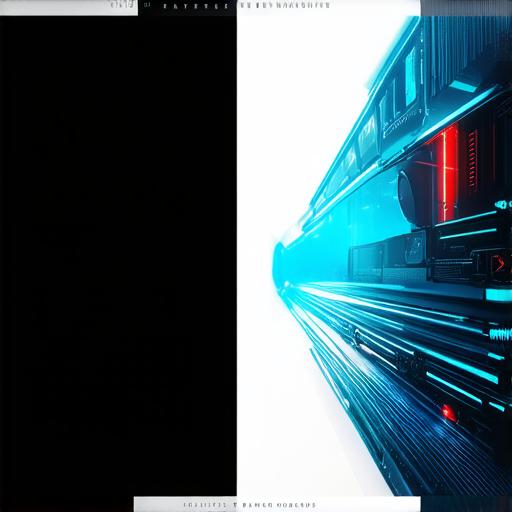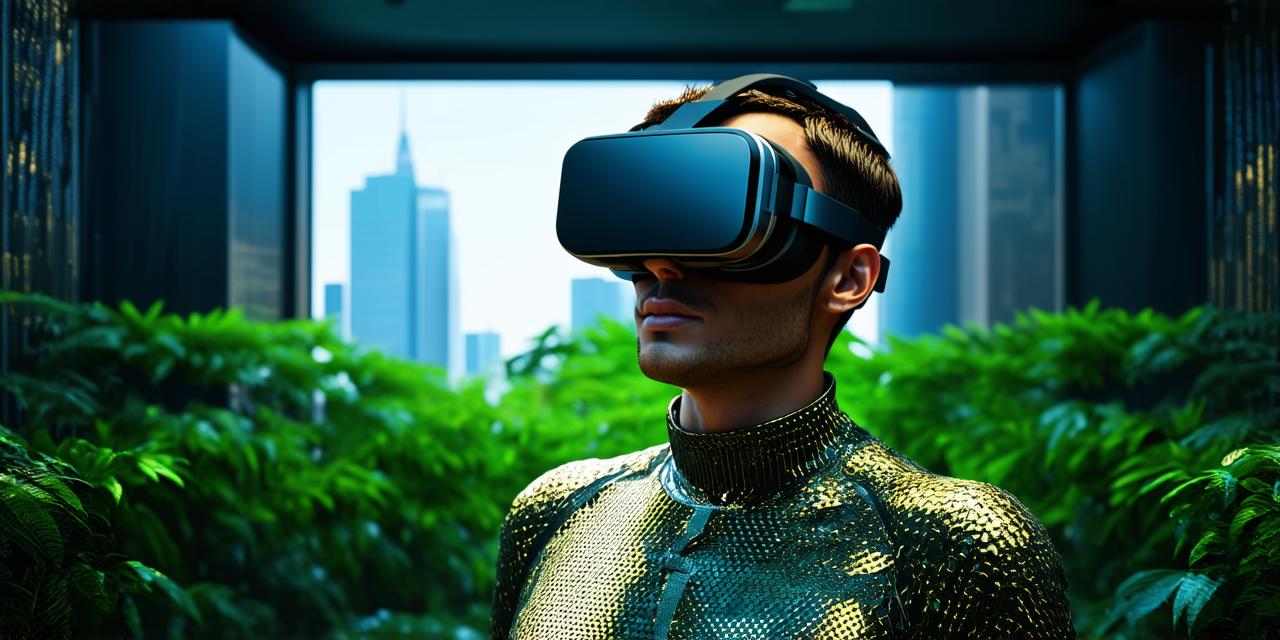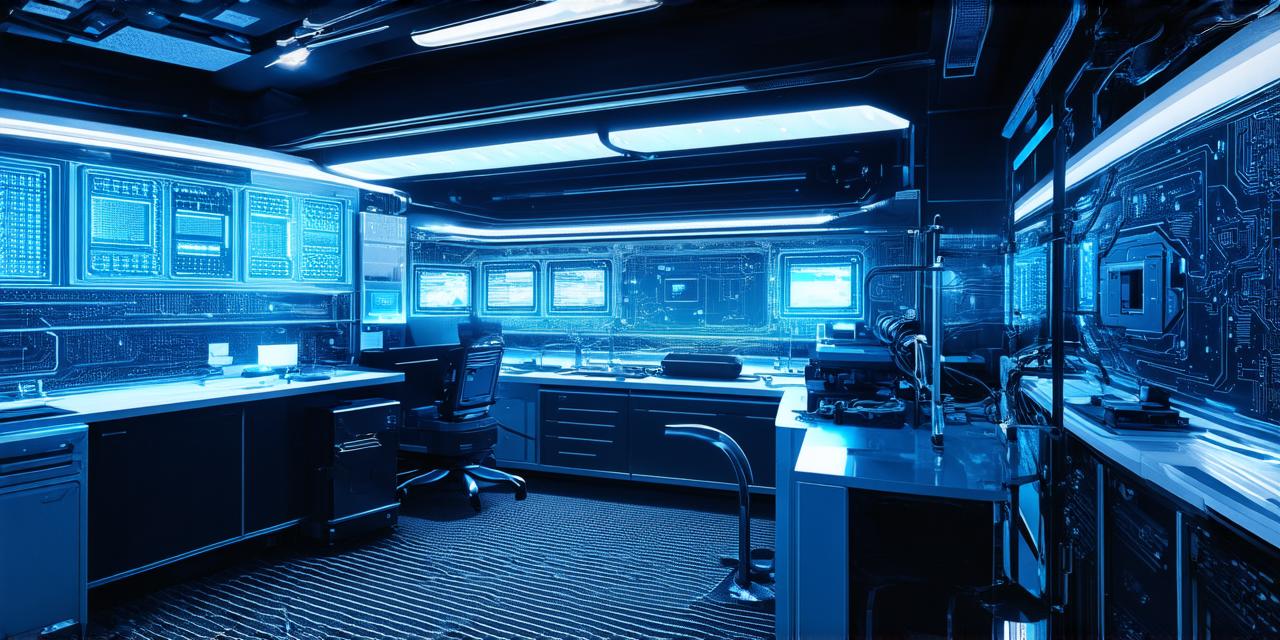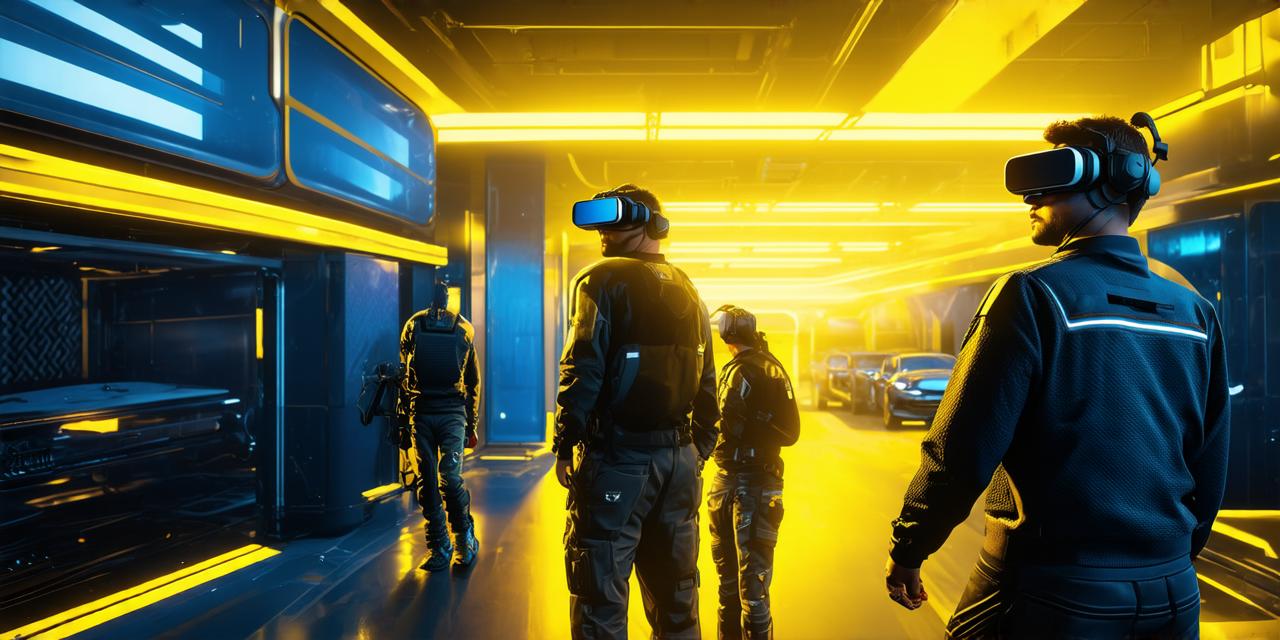Virtual reality (VR) and mixed reality (MR) are two emerging technologies that offer immersive experiences to users.
What is Virtual Reality?
Virtual reality is a computer-generated simulation that creates an artificial environment for users to interact with. It uses head-mounted displays (HMDs) or other sensory devices to track user movements and provide an immersive experience. VR systems often require powerful computers and specialized hardware, such as sensors and cameras, to create a realistic virtual world.
Virtual reality can be used for various applications, including gaming, training, education, and entertainment. It allows users to explore new environments and interact with objects in ways that would be impossible in the real world. Some common VR experiences include flying, diving, and exploring ancient ruins.
What is Mixed Reality?
Mixed reality, also known as augmented reality (AR), combines real-world environments with computer-generated graphics to create a hybrid experience for users. MR systems use sensors and cameras to track user movements and overlay digital information onto the real world. This creates a seamless blend of virtual and real-world elements that can enhance and enrich the user’s experience.
Mixed reality is often used in industries such as architecture, design, and manufacturing, where it can help visualize complex projects and make decisions based on real-world data. Some common MR experiences include trying on clothes virtually or visualizing how a piece of furniture would look in a room before making a purchase.
Key Differences between VR and MR

1. Real vs Virtual Worlds: The most significant difference between VR and MR is the type of world that users interact with. In VR, users are completely immersed in a virtual world that is created by computers. In MR, users interact with a real-world environment that is enhanced with digital graphics.
2. Hardware Requirements: VR systems often require powerful computers and specialized hardware to create a realistic virtual world. On the other hand, MR systems can run on standard computers and mobile devices, making them more accessible to a wider audience.
3. Interaction: In VR, users interact with virtual objects using controllers or motion sensors. In MR, users interact with digital objects in the real world using their hands or other tools. This can create a more natural and intuitive experience for users.
4. Applications: While both VR and MR have similar applications, such as gaming and entertainment, they are also used in different industries. VR is often used in fields such as training, education, and healthcare, while MR is commonly used in industries such as architecture, design, and manufacturing.
Conclusion
Virtual reality and mixed reality are two emerging technologies that offer immersive experiences to users. While they share some similarities, there are also significant differences between them. VR creates a completely virtual world, while MR enhances the real world with digital graphics. Both technologies have their unique applications and can be used in various industries to create engaging and enriching experiences for users.



